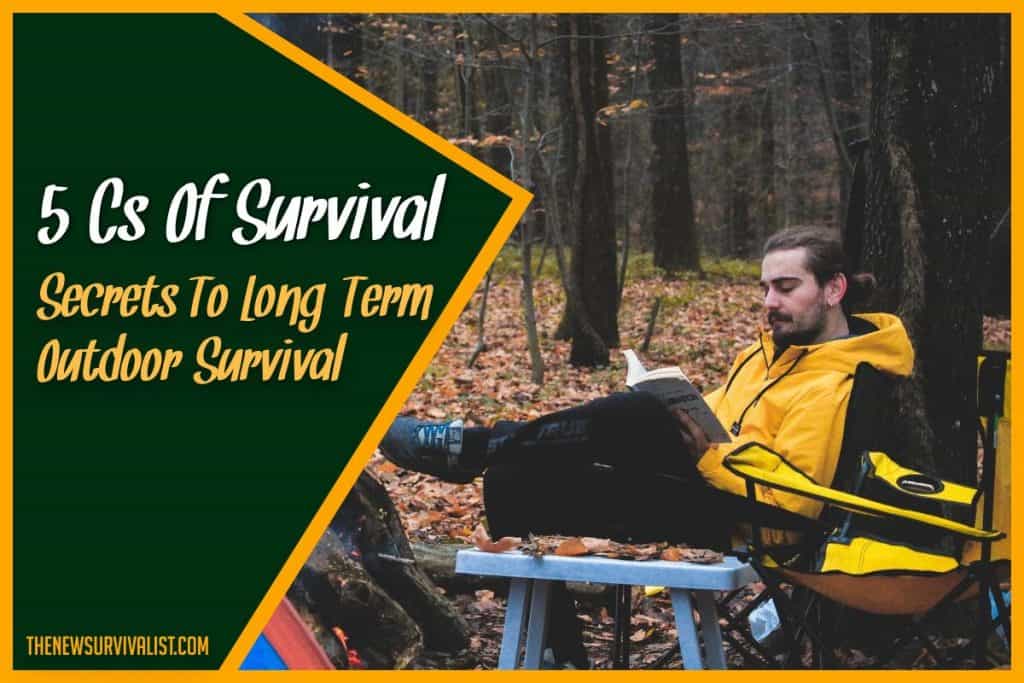Choosing the right survival gear is vital. However, it can be difficult to pin down which items you actually need. The 5 C’s is a set of equipment and tools which often forms the core of any survival pack. It lists the top 5 most essential types of items that greatly improve survivability.
The 5 C’s of survival are:
- Cutting Tools
- Combustion Devices
- Cover
- Container
- Cordage
The 5 C’s is part of a larger list, the 10 C’s of survival. The items listed in the 5 C’s are the top priority in any survival kit.
5 C’s Of Survival
-
Cutting Tools
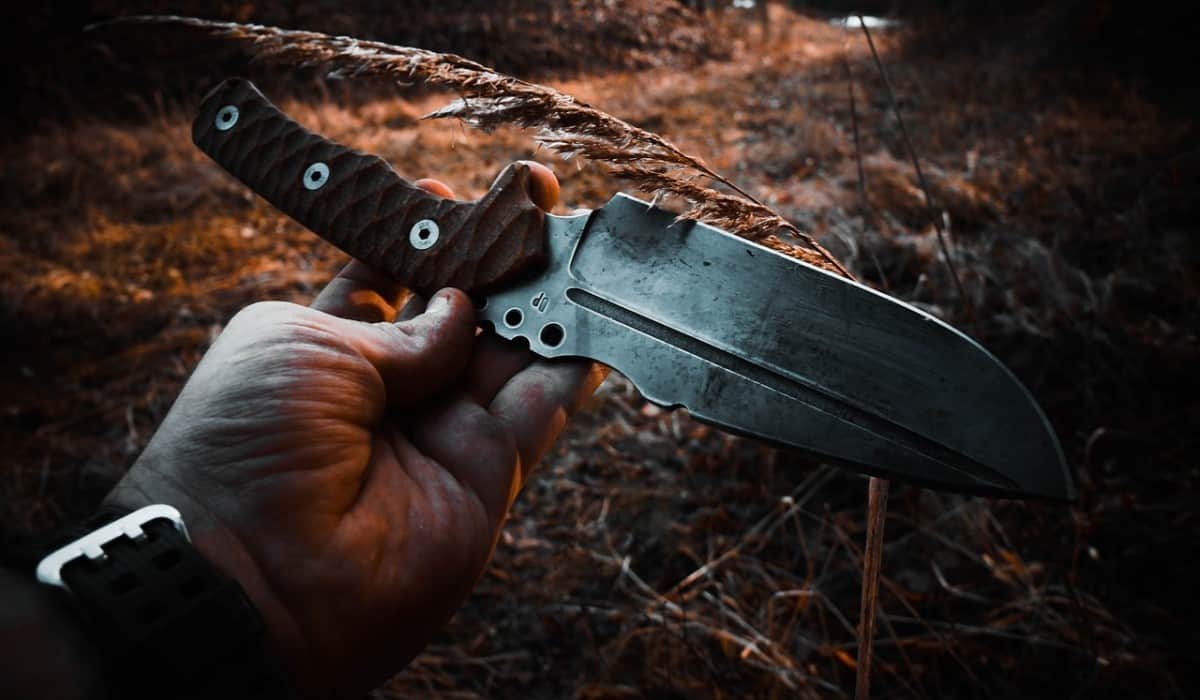
Cutting tools are extremely important and versatile. It enables a survivalist to build a shelter, gather and process food, and create other equipment and tools. A sharp knife or an axe makes cutting branches and smaller trees easier and more efficient as compared to using a rock fashioned into a primitive axe.
There’s no rule saying you can’t bring more than 1 cutting tool. It’s even encouraged to have at least one or two backup knives. In general, preppers would want a one-hand axe, a survival/field knife, and backup knives which can be incorporated in a multi-tool, or a compact folding knife.
Preppers should also consider bringing a good, quality folding saw. Sawing generally uses less energy than hacking a tree or a branch with a hatchet or an axe. A great example of a folding saw is the Sven Saw. It’s lighter than an axe, durable, and is leagues faster and easier to use for cutting branches and smaller trees.
If the weight of the survival pack starts becoming an issue, an axe can be substituted with a folding saw, and high-carbon steel, full tang field knife. Both combined weigh less than an axe, and can accomplish tasks originally done with an axe. The saw can be used to gather wood, while the knife can be used to split/splinter wood. However, it’s still a good idea to have an axe, a knife, and a folding saw.
Choosing a Survival Knife/Field Knife
There are only 2 criteria that matter most when choosing a knife. The tang, and the type of steel. The tang refers to the extension of the blade that’s covered by the handle. Knives are classified as either full tang or partial tang.
A full tang means that the part of the blade that extends to form the handle is the same width as the blade itself, or sometimes even slightly larger. Its shape and build make the overall quality of the handle better, and more durable. Since it is thicker and has a full width, it absorbs energy better and will not easily break.
A partial tang on the other hand is when the extension of the blade that inserts into the handle tapers into a thin strip. It is often done to reduce the weight of the knife and to cut the manufacturing cost. However, the handle of a knife with partial tang tends to loosen quickly, and cannot handle too much stress applied to it.
The next important criterion is the type of metal. For survival knives, high-carbon steel metal is preferred over stainless steel. High-carbon steel is harder, more durable and retains their sharp edge far longer if they are taken care of properly. Despite being the harder metal, it is easier to sharpen than a stainless-steel knife.
However, this type of metal rusts easily. To prevent rusting, a high-carbon steel knife should always be kept dry, clean, and covered when not in use. A thin layer of oil can also be applied for added protection.
-
Combustion Devices
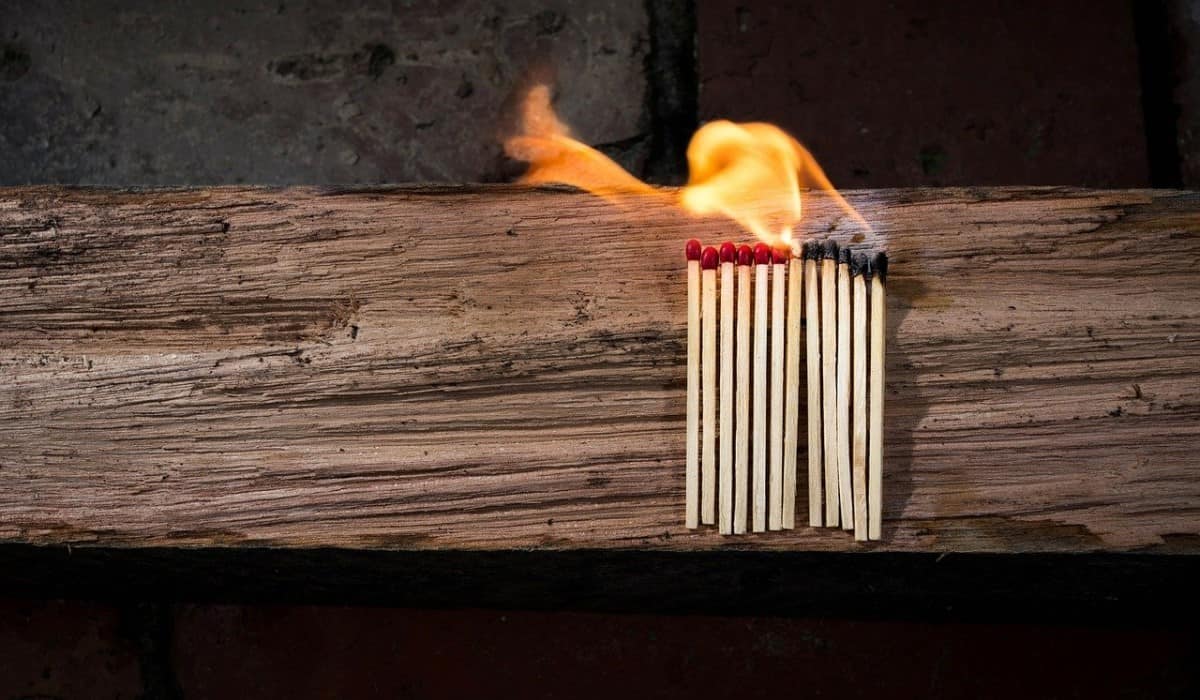
Combustion devices refer to any type of tool that will help light a fire. As a rule, preppers should have multiple ways to reliably start a fire in any weather condition. That is why bringing a lighter, some waterproof matches and a Ferro rod is a must. In addition to the combustion devices that were previously suggested, preppers should also carry tinder in the form of char material.
Char material or char paper is a piece of item that remains after light gases have been driven out of carbon-rich material such as a cotton cloth. This process occurs during the initial stages of combustion and is similar to how charcoal is made.
To make char material at home you will need:
- 100% Cotton cloth
- A cooking pot with lid
- Stove
Cut the cotton cloth into smaller pieces. Next, place them inside the cooking pot and partially cover it with the lid. Heat the pot on high for 15 minutes or until the cotton cloth turns black like charcoal. What remains is a char material.
The end product should be stored in a small air-tight container like a small pill bottle. The char cloth easily catches fire and works tremendously well with sparks from a Ferro rod.
-
Cover
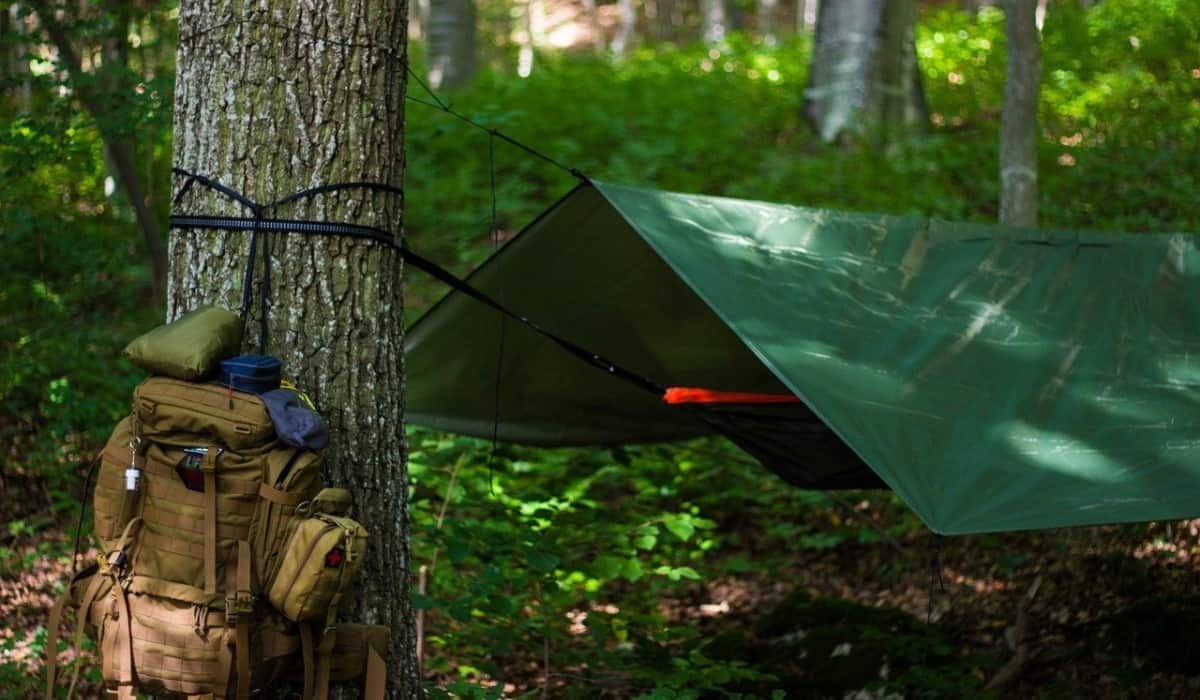
The cover pertains to everything you need to protect you from the different weather conditions. Which means it includes wearing the proper set of clothing. It’s always a good idea to wear layers of clothing especially if you’re venturing to an area with a cold climate. On the flip side, if the weather gets too hot, removing some of the layers will keep you cool.
In colder climates, the ideal layering of clothes should be:
- Underwear or a long john
- A mid-layer to wick away sweat from the skin and the long john.
- An insulation layer such as thick clothing.
- The outer layer will directly protect from wind and the cold environment.
When choosing articles of clothing, it’s best to use wool or synthetic cloth. These are better at retaining their insulating property even if they get wet. These also dry faster compared to cotton fibers.
Portable shelter/shelter material
Portable shelters will further protect you from the harsh outdoor environment. A bivy bag and tarp are some of the most useful covers a prepper can bring with them. The bivy bag especially is lightweight and will provide a sealed space that will protect you from insects and the rain. However, a problem with this item is that it’s too cramped and may not be suitable for claustrophobic people.
In that case, a lightweight portable hammock with or without cover is the next best choice. It’s often not hard to look for trees to hang a hammock. Additionally, it removes the problem of drainage, especially in heavy rain. A tarp can be set up just above the hammock to provide added protection from the wind and rain.
Lastly, every kit should have a mylar or space blanket. It’s an ultra-lightweight and very compact cover item and is great for keeping warm or reflecting heat from sunlight.
-
Container
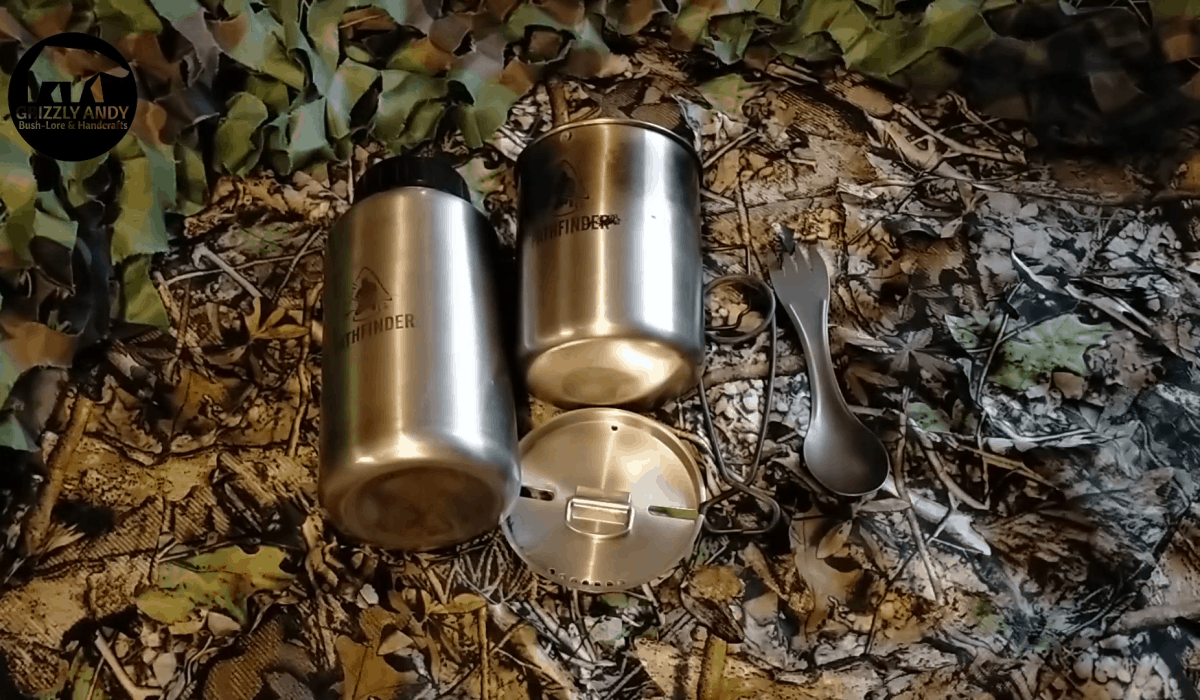
The best container to bring is a 32 oz (950 ml) single-walled stainless steel water bottle. A single-walled container will transfer heat faster than a double-walled bottle. Basing on the Rule of 3s of Survival, a person can only survive for 3 days without water intake. That’s why it’s important to have water when venturing out.
The stainless-steel water bottle will not only act as a water reservoir but can also be used to boil water to purify it. Wood chips can be turned into char material using a stainless-steel container.
-
Cordage
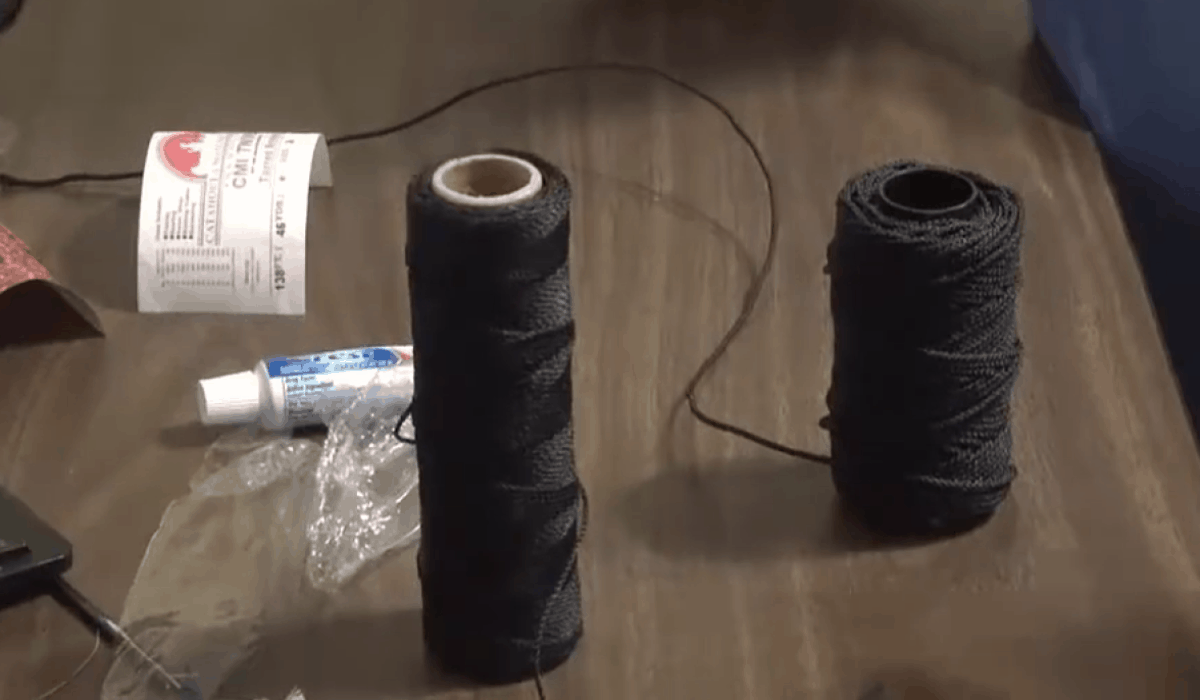
Cordage is an extremely versatile supply that is required for setting up a shelter, catching food, or making additional tools. It can be made from different resources gathered from the wild. However, making enough takes time and valuable energy. That’s why it’s better to bring a roll instead of wasting time and energy in making them.
The best cordage to bring is a braided tarred nylon cord. The tarring makes it completely waterproof and further increases its durability. Since it is braided, it can be separated into strands and can be used to tie smaller items. Additionally, the braiding and the tarring create a rougher and stickier surface area which ensures that knots made with this cord will not be easily undone.
Final Thoughts
The 5 C’s are the most essential types of items every survival kit should have. In the hands of an expert survivalist, these are enough to survive in the wild, create shelter, hunt food, and create additional tools and weapons.

